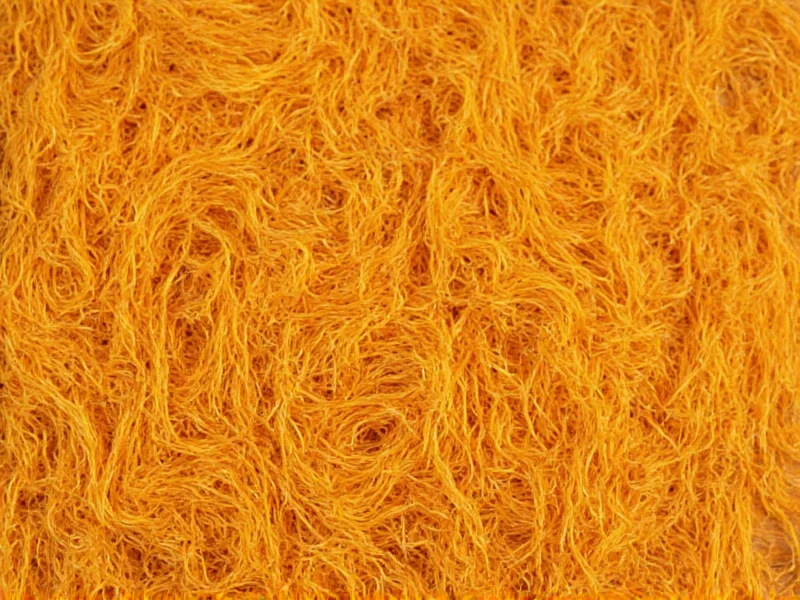Saffron threads represent one of the world's most valuable spices by weight, with their extraordinary cost stemming from the incredibly labor-intensive harvesting process. Each saffron crocus flower produces only three stigmas, which must be carefully hand-picked at dawn when the flowers are still closed to preserve their delicate properties. This meticulous process requires skilled workers to harvest approximately 150,000 flowers to yield just one kilogram of dried saffron threads.
The Botanical Origin of Saffron Threads
Saffron threads come exclusively from the Crocus sativus plant, a sterile triploid species that cannot reproduce naturally and must be propagated through corms (underground bulbs). The saffron crocus blooms for only one to two weeks each autumn, with flowers opening at dawn and wilting by midday. This narrow harvesting window creates intense time pressure for saffron producers.
Each flower contains three vivid crimson stigmas that extend from the center of the bloom. These delicate threads are carefully separated from the flower's yellow style and white base before being dried. The drying process preserves the threads' chemical compounds, particularly crocin (which provides color), picrocrocin (which provides flavor), and safranal (which provides aroma).
Physical Characteristics of Authentic Saffron Threads
High-quality saffron threads exhibit specific visual and physical properties that distinguish them from inferior products or adulterated versions:
| Characteristic | Description |
|---|---|
| Color | Vibrant crimson-red with orange tips; never uniformly red or dark burgundy |
| Shape | Tapered, trumpet-shaped filaments approximately 2-3 cm long |
| Texture | Dry but pliable; should not crumble to powder when handled gently |
| Aroma | Distinctive honey-like fragrance with subtle hay notes |
| Solubility | Releases golden-yellow color gradually in warm liquid |
Why Saffron Threads Command Premium Prices
The extraordinary cost of saffron threads—often called "red gold"—stems from multiple factors that make production exceptionally labor-intensive:
- Manual harvesting: Each stigma must be hand-picked from individual flowers
- Short blooming season: Harvest occurs only 2-3 weeks annually in autumn
- Time sensitivity: Flowers must be picked at dawn before they open
- Low yield: Approximately 200,000 stigmas needed for 1 pound of saffron
- Geographic limitations: Grows optimally only in specific climate zones
Unlike saffron powder, which can be more easily adulterated, saffron threads provide visible quality indicators. When purchasing saffron threads, look for consistent crimson coloring with minimal yellow style attached, as excessive yellow portions indicate lower quality with diminished flavor and coloring properties.
Proper Usage of Saffron Threads in Cooking
To maximize the flavor and coloring potential of saffron threads, proper preparation is essential. Professional chefs typically follow these steps when using saffron threads in recipes:
- Gently crush 10-15 threads using a mortar and pestle
- Soak the crushed threads in 2-3 tablespoons of warm liquid (water, broth, or milk)
- Allow to steep for 15-30 minutes until the liquid turns deep golden
- Add both threads and liquid to your dish during cooking
The number of saffron threads per serving varies by recipe, but most dishes require only 15-20 threads to achieve proper flavor and color. A single gram of saffron threads (approximately 463 threads) can flavor 40-50 servings of food. Overuse can create an unpleasantly bitter taste, as saffron contains picrocrocin, which becomes bitter in high concentrations.
Storage Guidelines for Maximum Longevity
Saffron threads maintain their quality significantly longer than powdered saffron when stored properly. To preserve saffron threads:
- Store in an airtight container away from light and moisture
- Keep in a cool, dark place (refrigeration extends shelf life)
- Avoid exposure to temperature fluctuations
- Use within 2-3 years for optimal flavor (though safe indefinitely)
Properly stored saffron threads gradually lose potency but rarely spoil. The threads should retain their characteristic aroma and vibrant color when fresh. Deteriorated saffron loses its golden coloring ability and develops a musty odor.
Identifying Genuine Saffron Threads
Due to saffron's high value, adulteration is common in the marketplace. Consumers seeking authentic saffron threads should watch for these indicators:
- Genuine threads release color gradually in warm water (adulterated products often discolor immediately)
- Real saffron has a sweet, floral aroma (musty or medicinal smells indicate poor quality)
- Threads should feel dry but not brittle (excessive dryness suggests old product)
- When rubbed between fingers, authentic threads leave golden-yellow stains
- Premium saffron displays uniform crimson coloring with minimal yellow style
The ISO 3632 standard provides objective measurements for saffron quality based on crocin (coloring strength), picrocrocin (taste), and safranal (aroma) content. Grade I saffron (the highest quality) must meet specific thresholds for these compounds.











 浙公网安备
33010002000092号
浙公网安备
33010002000092号 浙B2-20120091-4
浙B2-20120091-4